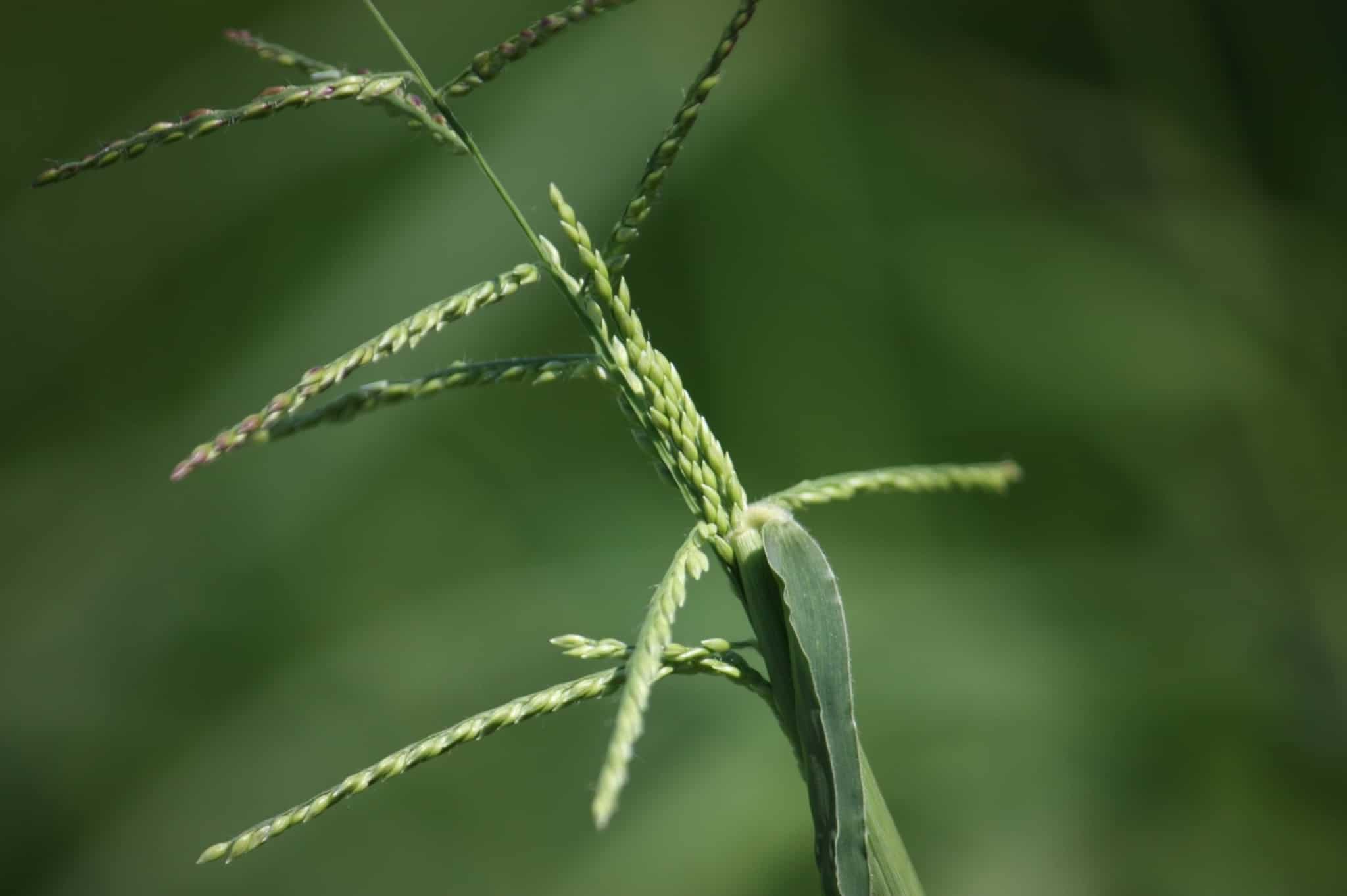The Ultimate Guide to Weed Control in Your Yard

A picturesque, verdant lawn is the pride of homeowners across the globe, the perfect backdrop to a life well-lived. The bane of this idyllic scene? Weeds. These unwanted interlopers do more than mar your landscape; they can wage war on your hard-won perennials, consuming vital nutrients and light, asserting themselves over your carefully manicured lawn. Dealing with them can be cumbersome, but understanding the enemy is half the battle. In this comprehensive guide, we’ll explore the strategies and tactics that help you regain control over your yard, leaving you with a garden that your neighbors will envy.
Understanding Weeds
To effectively combat weeds, you must understand what you’re up against. A weed is any plant growing in a location where you don’t want it. They vary widely, from the minuscule but pervasive dandelion to the towering presence of the thistle. A few common weeds plague most lawns, including:
- Broadleaf Weeds: Dandelions and clovers are easy to spot because their leaves are usually wider than grass blades.
- Grassy Weeds: Like crabgrass and quackgrass, these are more difficult to distinguish from your lawn and are just as challenging to control.
Understanding the lifecycle of the weeds you’re facing is critical. With this knowledge, you can time your control efforts to maximize effectiveness. Resilience and sheer fecundity are the hallmarks of weeds; some can produce thousands of seeds, which might lay dormant for years, just waiting for a chance to sprout.
Prevention is the Best Medicine
A weed-free lawn begins with prevention. Taking proactive measures to create an environment where weeds struggle to thrive is the most effective strategy you can employ. Here’s how:
- Healthy Competition: A thick, healthy lawn is your best defense. Mow high and water deeply, infrequently, and in the morning to reduce evaporation. Fertilize at the right time, in the right amounts, and use the correct product. All these measures promote a vigorous lawn that can outcompete weeds for vital resources.
- Seed-Free Zone: Be wary of introducing weeds to your landscape. Inspect soil and mulch for seeds before adding them to your yard.
- Barrier Methods: Use physical barriers like landscaping fabric to prevent weeds from taking root in the first place. Mulch heavily to smother existing weed seeds.
Manual Weed Control
A hands-on approach may suffice when dealing with a relatively modest weed problem.
- Pulling Weeds: Though labor-intensive, manual weed-pulling can be very effective, especially on younger weeds. Removing as much of the root as possible is essential to prevent regrowth.
- Digging: For more challenging weeds, like dandelions, use a tool specifically designed for digging out roots, ensuring you get the entire taproot in one piece.
- Hiring Help: If the task is too large, consider hiring a landscaping service to manage the worst.
Chemical Control
Herbicides are purpose-built for weed control and, when used judiciously, can be a practical component of your weed control strategy.
- Selective Herbicides: These target specific types of weeds without harming your lawn. They come in pre- and post-emergent varieties, depending on when you use them in the weed’s lifecycle.
- Non-Selective Herbicides: These kill almost any plant they encounter and are best suited for hardscapes, like driveways and pathways.
- Safety First: Always read and follow the instructions on the label. Wear protective gear and apply herbicides when the weather conditions are right to avoid unintended environmental harm.
Natural Control Methods
Various natural methods can control weeds for those who prefer not to use chemicals.
- Boiling Water: Pouring boiling water over weeds will scald and kill them. This method is most effective on weeds growing in cracks in the pavement or along walls.
- Vinegar: A solution of vinegar, salt, and dish soap can be an effective spot treatment for weeds. Be cautious; this can also alter pH levels and potentially harm soil microorganisms.
- Flame Weeding: Propane torches specifically made for weeding can scorch and kill weeds. This method is effective and has a low impact on the environment.
Conclusion
Weeds will persist, but you can turn the tide in your favor with the right long-term approach and prevention. A weed-free lawn is not an act of nature but a result of your effort and diligence. By understanding the nature of the problem, implementing preventative measures, choosing the correct control methods, and staying the course, you can ensure that your yard remains a testament to the time and dedication you’ve invested. With a bit of persistence, you can have a yard that’s the envy of your neighborhood, free of the relentless grip of unwanted vegetation.
For more tips like these, read our blog.



